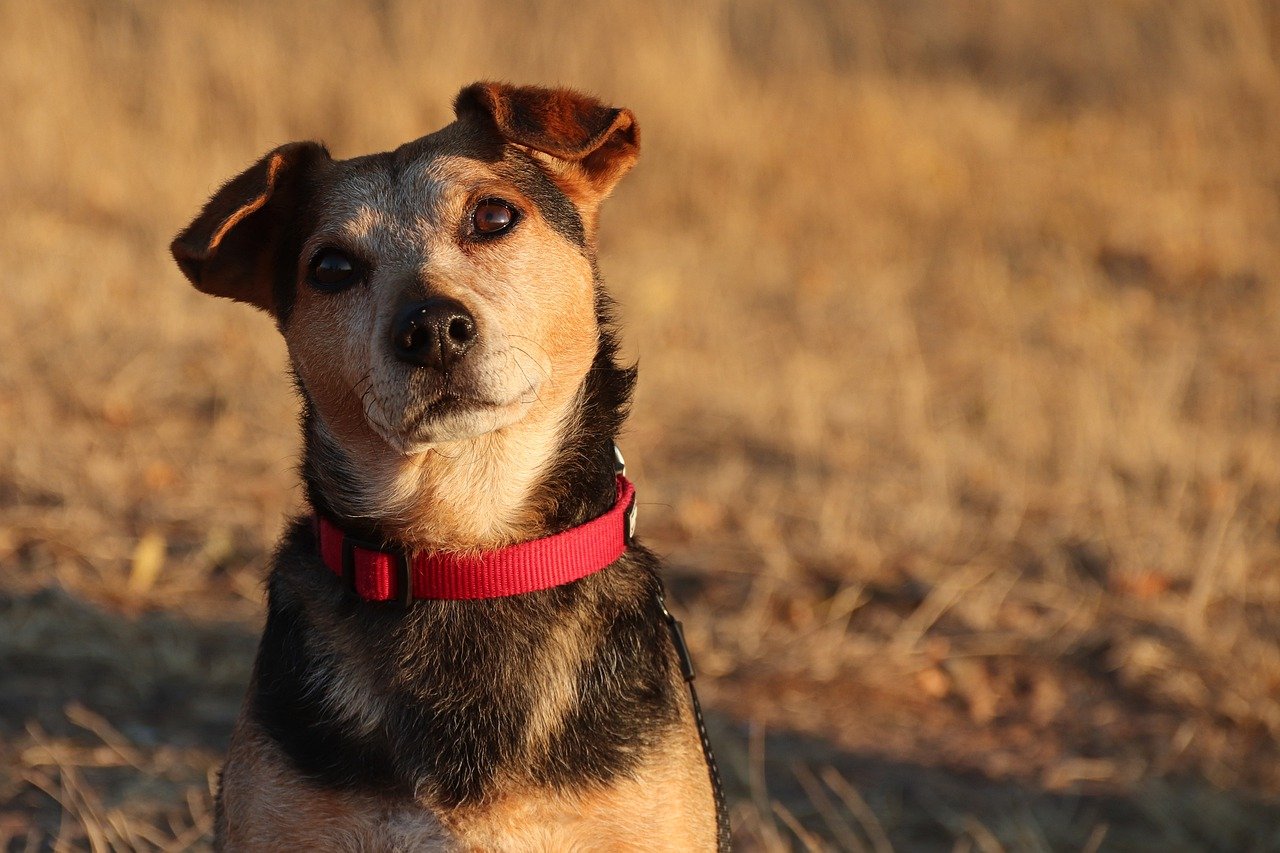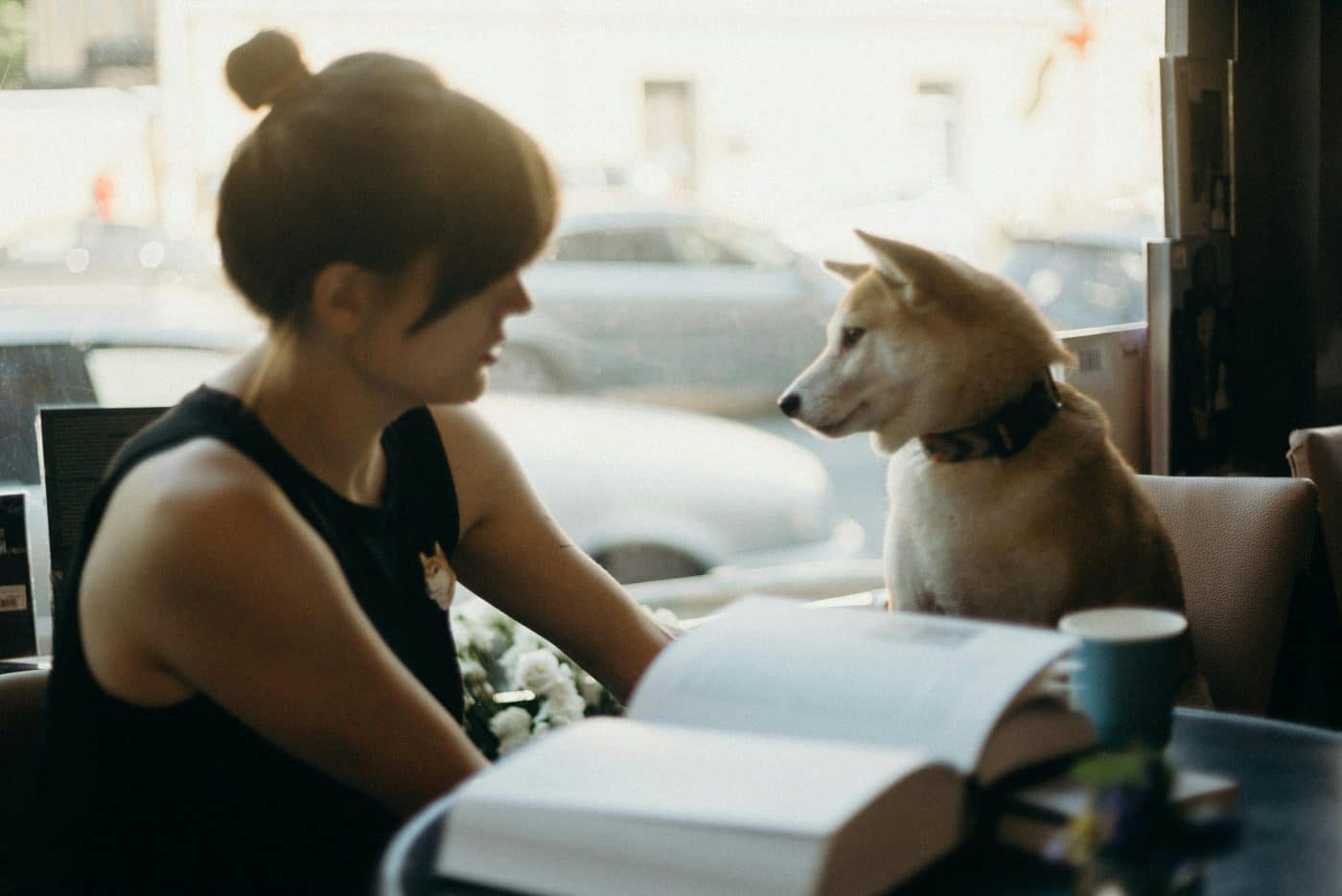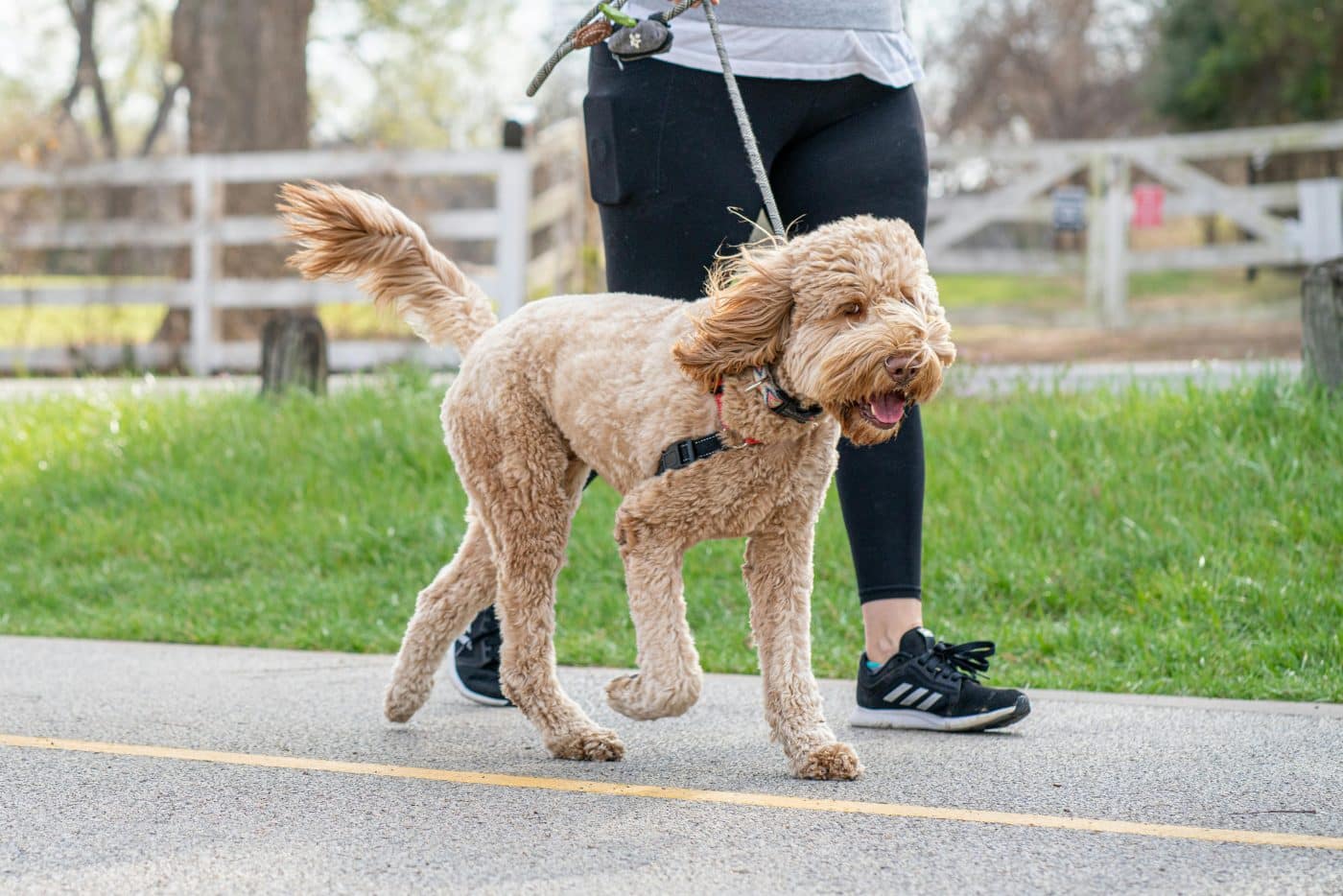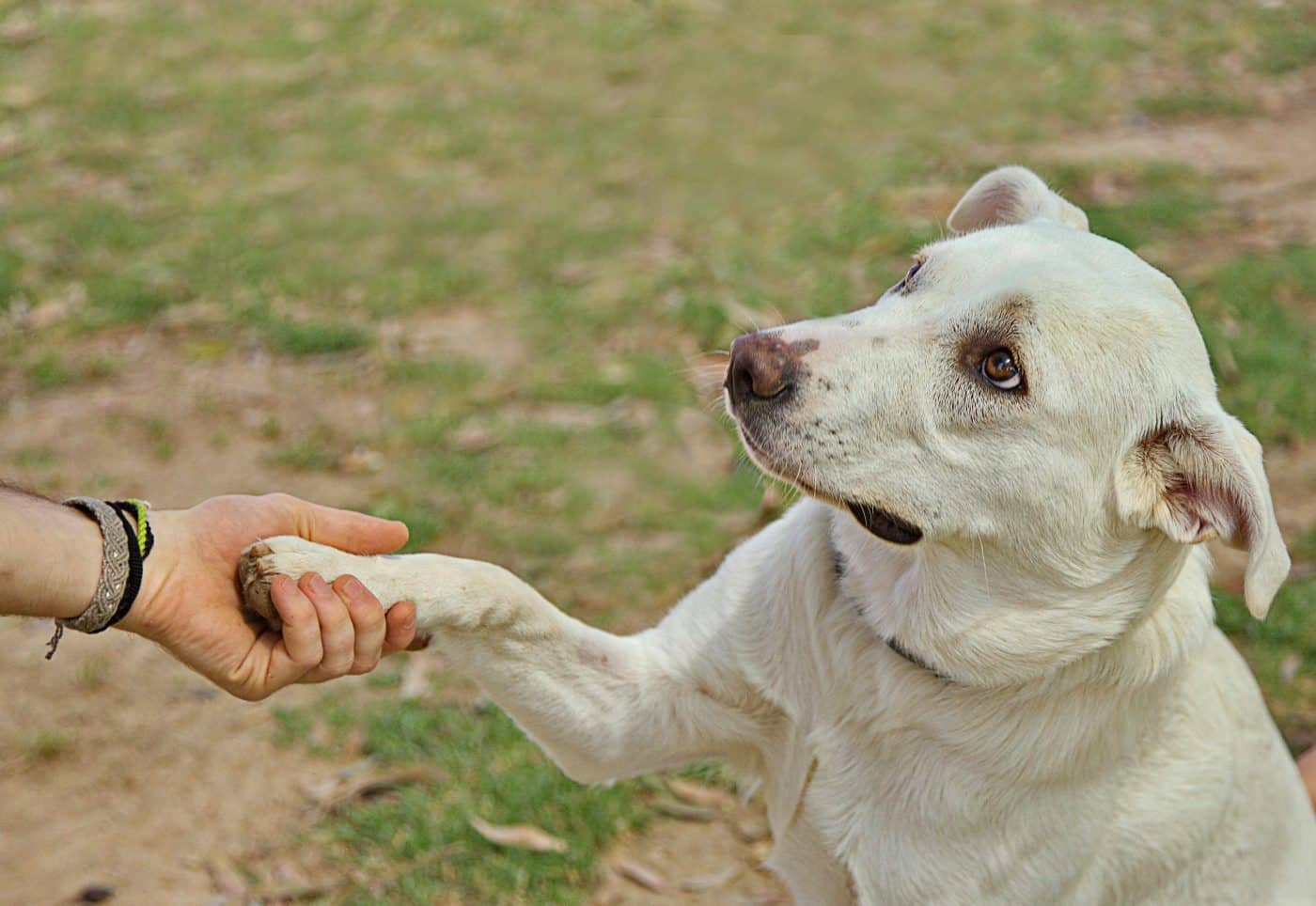

Dogs are remarkable at understanding us, not just through words but also through our movements and body language. Over thousands of years, they’ve developed a keen ability to interpret subtle cues that reveal our emotions, intentions, and needs. Whether it’s a shift in posture, a glance, or a hand gesture, dogs are always alert, and responding appropriately. Their sensitivity to body language enables them to react in ways that strengthen the bond between us, making them exceptional non-verbal communicators and deeply connected companions.
Dogs Read Our Facial Expressions

One of the first ways dogs understand us is by observing our facial expressions. Much like humans, dogs can interpret emotions such as happiness, sadness, and anger through subtle facial cues. For example, when we smile, dogs often recognize it as a sign of happiness or comfort and may approach us with excitement. Conversely, when we frown or show frustration, dogs may become cautious or attempt to comfort us, showing just how much they read our emotional state through our faces.
Tail Wagging Signals

Tail wagging is one of the most iconic dog behaviors, but it’s not just a random action. The way a dog wags its tail can convey different emotions and meanings. For example, a fast wagging tail at mid-height can indicate excitement and happiness, while a low, slow wag may suggest uncertainty or anxiety. Dogs are also highly attuned to other dogs’ tail movements and will adjust their behavior based on what they observe, showing how sensitive they are to social cues in their environment.
Eye Contact and Gaze

Eye contact is another significant way that dogs understand us. While direct eye contact in humans can sometimes be perceived as a challenge or sign of aggression, dogs interpret it differently. When a dog gazes into their owner’s eyes, it usually indicates trust and affection, and it strengthens the bond between them. Additionally, dogs are skilled at interpreting where we are looking, often following our gaze to understand what we’re focused on, making them even more in tune with our intentions.
Body Posture and Movement

Dogs are highly perceptive when it comes to our body posture and movement. The way we stand or move can signal our emotional state or intentions. For instance, if we stand tall and have a confident posture, our dog may interpret that as a sign of authority or leadership. On the other hand, if we crouch down or adopt a more relaxed posture, it may signal to our dog that we are ready to engage in play or rest, showcasing how much they respond to our physical presence.
Tone of Voice

While dogs are incredibly skilled at understanding body language, they also pay close attention to the tone of our voices. They may not understand the words we say, but they are highly sensitive to the emotional tone behind them. A soft, calm voice typically reassures a dog, while a loud, harsh tone can make them anxious or fearful. Dogs are quick to notice changes in the way we speak, whether it’s excitement, anger, or calmness, and will often adjust their behavior accordingly.
Our Walk and Movement Pace

Dogs are adept at understanding the rhythm and pace of our movements, particularly how we walk. For example, if we walk briskly or with purpose, a dog may recognize that we are heading somewhere or that it’s time for an activity like a walk or play. Conversely, if we slow down or adopt a more leisurely pace, our dog may interpret this as a signal that we’re in a relaxed mood. Dogs often mirror our walking speed, either matching our pace or playfully trying to catch up, which further strengthens the bond between us as they stay in sync with our movements.
Hand Gestures and Signals

Dogs are incredibly responsive to hand gestures, which play a major role in how they interpret our intentions. A pointed finger, an outstretched hand, or a raised palm all send clear signals to a dog about what we want them to do. For example, a hand raised in a “stop” gesture can prompt a dog to halt or stay, while a beckoning hand may invite them to come closer. Many dog training methods rely heavily on hand signals, and dogs quickly learn to associate specific movements with certain commands.
Mirroring Our Emotions

Dogs have an impressive ability to mirror our emotions through body language. When we’re stressed, anxious, or excited, dogs often reflect those feelings in their behavior. For instance, if we are feeling anxious, our dog might pace, whine, or show signs of distress, mirroring our emotional state. Conversely, if we’re happy and relaxed, our dog is likely to be more playful and energetic, demonstrating their sensitivity to our emotions and reinforcing the strong bond between us.
Responding to Our Breathing Patterns

Dogs are highly sensitive to our breathing patterns, which can tell them a lot about our emotional state. Rapid, shallow breathing may indicate stress or anxiety, and dogs often respond by showing concern or trying to calm us down. On the other hand, steady, relaxed breathing signals to a dog that we are at ease, and they may mirror that calmness by resting or becoming more docile. Dogs’ sensitivity to our breathing helps them stay connected to us emotionally, responding in ways that keep us in sync with their behavior and provide comfort when we need it most.
Understanding Our Hand and Arm Positioning

Dogs are highly intuitive when it comes to understanding hand and arm positioning. The way we move our hands can convey important signals to them, even before we speak. For instance, when we extend a hand toward them, many dogs interpret this as an invitation to approach or interact. Similarly, a raised arm or a quick hand gesture can signal excitement or the start of an activity like fetching, and they are quick to respond based on the context of the movement.
The Canine Body Language Experts

When it comes to understanding our movements and body language, dogs truly excel. They’ve become so skilled at reading our non-verbal cues that they often anticipate our actions before we even realize it. From tail wags to head tilts, dogs are constantly observing and responding to our every move. Their ability to tune into our emotional state, intentions, and physical cues makes them exceptional companions. So, the next time your dog seems to know exactly what you’re thinking, remember—they might just be reading you better than you read yourself!
The post 11 Ways Dogs Understand Our Movements And Body Language appeared first on iHeartDogs.com.
